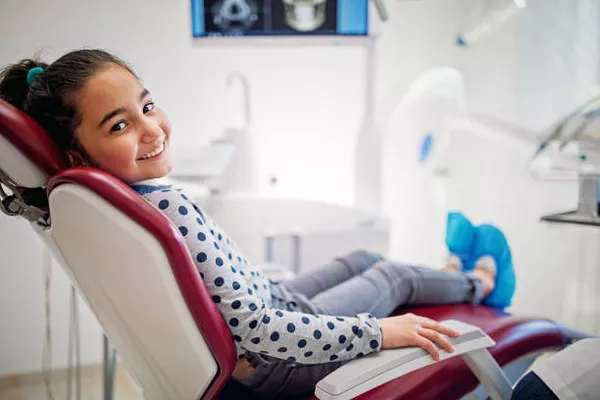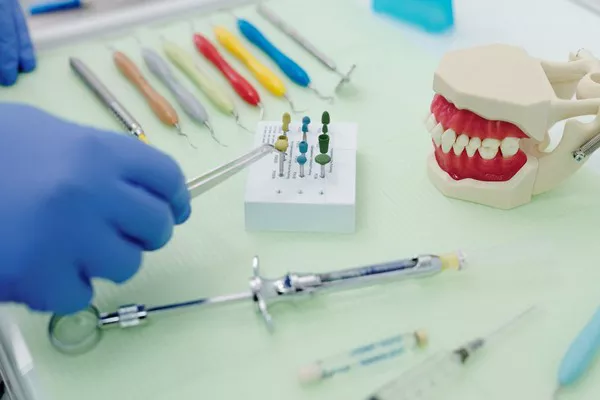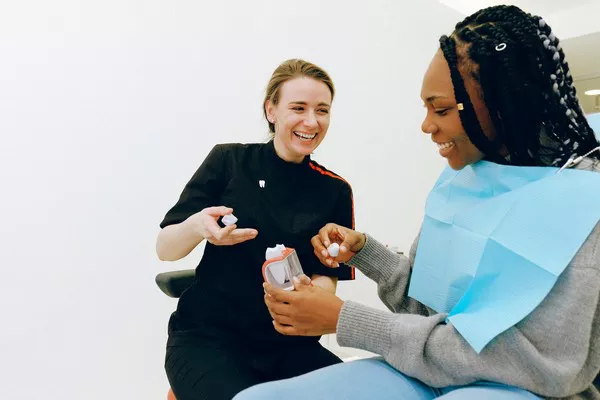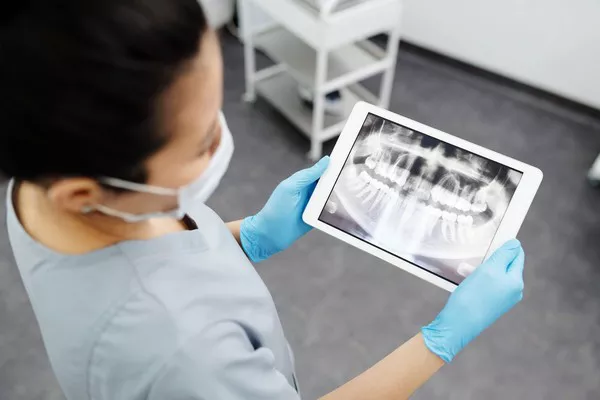Understanding the factors that contribute to the yellowing of the glue (bonding material) used in braces can provide reassurance and guidance for patients undergoing orthodontic treatment. This article explores the purpose of braces glue, common causes of yellowing, strategies for addressing discoloration, and when to seek professional advice from an orthodontist.
Explain the Purpose of Braces Glue
The bonding material used in braces serves a crucial role in orthodontic treatment. It attaches the brackets securely to the teeth, allowing for controlled movement of the teeth over time. This adhesive is designed to be durable and withstand the forces exerted during chewing and everyday activities. Understanding its function helps patients recognize that some degree of discoloration is a normal part of the braces experience.
Common Causes of Yellowing
Several factors contribute to the yellowing of the bonding material used in braces:
Food and Drink Staining: Staining from pigmented foods and drinks is a common cause of yellowing. Beverages such as coffee, tea, red wine, and foods like berries can leave behind particles that adhere to the braces glue over time, causing discoloration.
Time and Wear: The bonding material can naturally yellow over time due to exposure to saliva, plaque, and other elements present in the mouth. Daily wear and tear, as well as the chemical environment of the mouth, can gradually affect the appearance of the braces glue.
Types of Bonding Material: Different types of bonding materials may vary in their susceptibility to yellowing. Some formulations may be more prone to discoloration than others, depending on their composition and how they interact with oral fluids and substances.
Addressing Yellowing
It’s important to address concerns about yellowing while maintaining the effectiveness of braces treatment.
Reassurance: Yellowing of the braces glue typically does not affect the functionality or effectiveness of the braces. It is primarily a cosmetic issue rather than a structural concern.
Importance of Good Oral Hygiene: Maintaining excellent oral hygiene practices is essential for minimizing staining and discoloration of braces. Brushing thoroughly after meals, flossing daily, and using a fluoride mouthwash can help remove food particles and plaque that contribute to yellowing.
Professional Cleaning: Patients are encouraged to schedule regular professional cleanings with their orthodontist. These cleanings can effectively remove accumulated stains and plaque from the braces, restoring their appearance and reducing the visibility of yellowing.
See Also: Why Do My Teeth Look Yellow With Braces
When to Consult an Orthodontist
While yellowing of the braces glue is typically benign, there are instances where it may warrant consultation with an orthodontist:
Loose Brackets: If the yellowing is accompanied by brackets that become loose or detached, it may indicate a need for repair or adjustment.
Pain or Discomfort: Persistent pain or discomfort associated with the braces, along with yellowing, should be evaluated by a professional.
Unusual Symptoms: Any unusual symptoms or changes in the appearance of the braces should be discussed with the orthodontist to rule out potential issues.
Conclusion
Understanding why the glue on braces may yellow over time can help patients maintain perspective and confidence in their orthodontic treatment. By practicing good oral hygiene, scheduling regular cleanings, and knowing when to seek professional advice, patients can manage yellowing effectively while achieving the best possible outcomes with their braces. For personalized guidance on braces care and maintenance, consulting with a qualified orthodontist ensures that each patient’s unique needs are addressed comprehensively. Remember, while yellowing may be a normal occurrence, proactive care enhances both the aesthetic and functional success of orthodontic treatment.
You Might Be Interested In
































